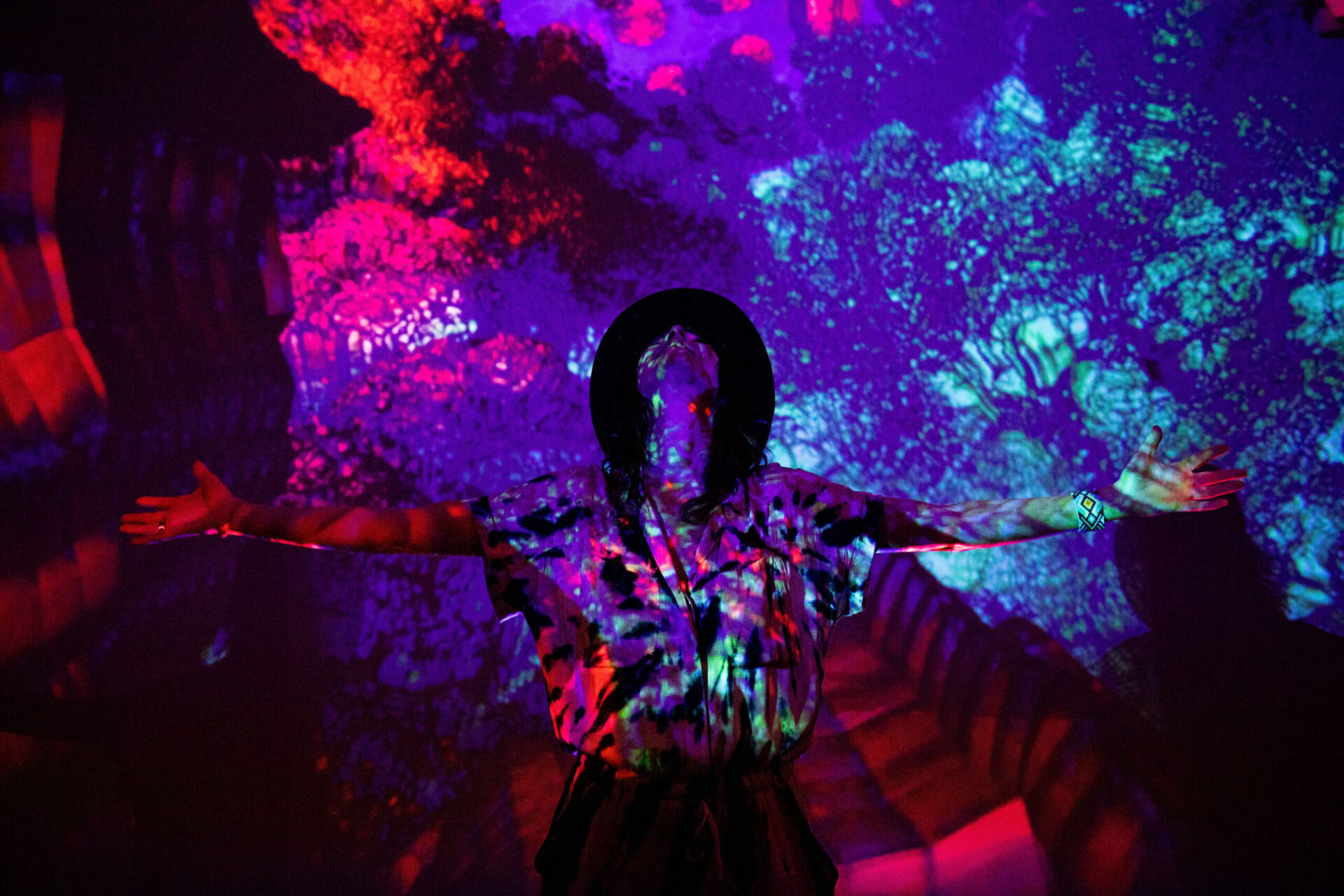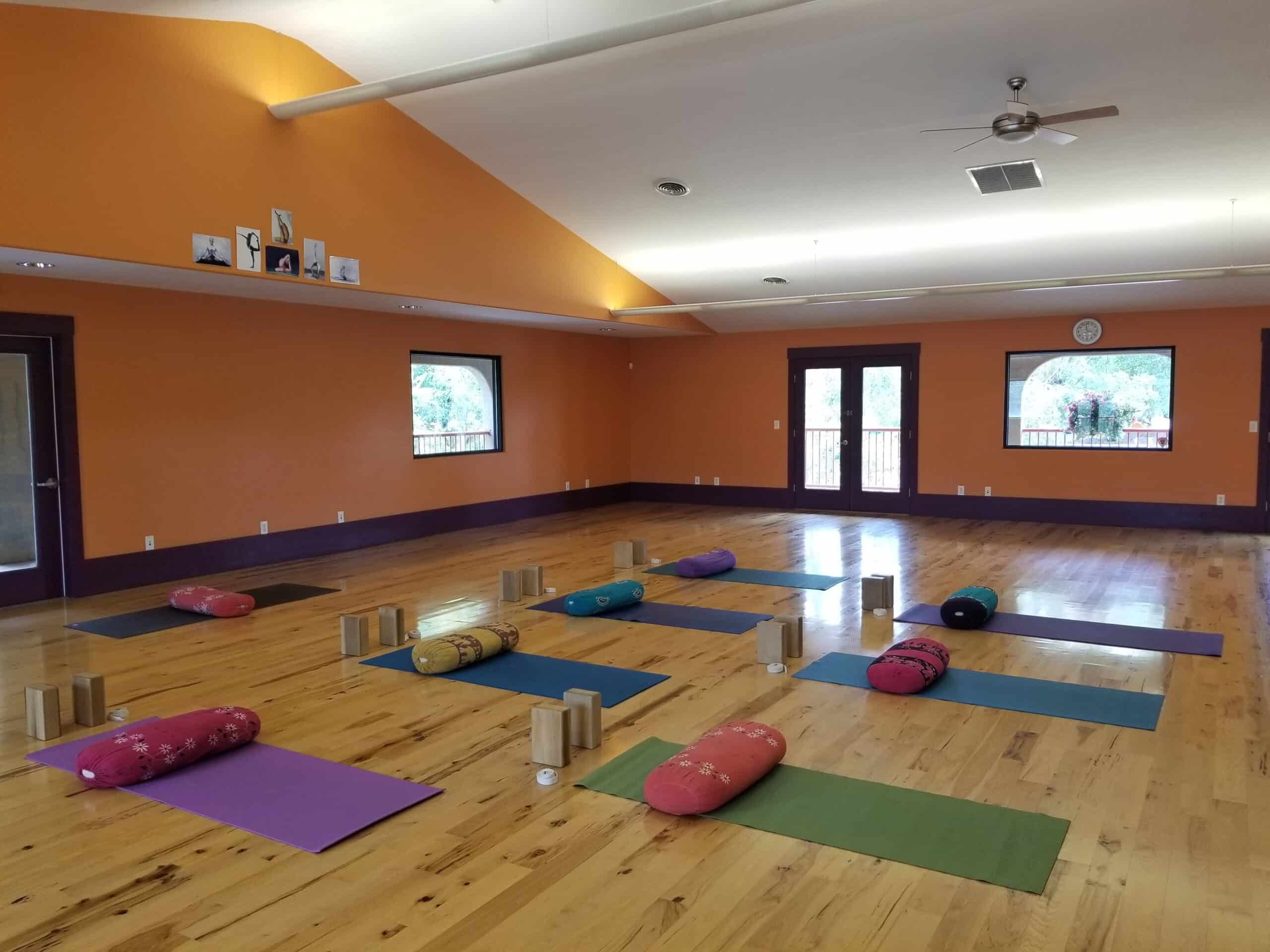How Breathwork Guides Us In Communicating With Trauma | By Kristen Grace
Energy cannot be created nor destroyed, but it can change forms. Traumatic situations we experience can get stuck in the body, resulting in our energies feeling arduous and unaligned. These traumas in the body can be a result of anything from minor, stressful occurrences to extreme, anguishing events. If we experience it, our bodies store it for better or for worse. Breathwork can be a guide for communicating with — understanding, holding and releasing — these emotions.
Breathwork is an ancient practice, supported by modern science, offering expansive benefits. A few of the abundant benefits according to Vivian Rosenthal, breathwork teacher and co-founder of Frequency Breathwork, include :
- slowing down the brain waves
- boosting the immune and respiratory systems
- creating neurogenesis (the generation of new nerve cells)
- stimulating the vagus nerve — shifting the nervous system from a sympathetic (fight or flight) state to a parasympathetic (rest and digest) state
- releasing the physical and mental heaviness held in the body caused by trauma
Breathwork intentionally brings awareness to the way we breathe. There are many forms of breathwork. Rosenthal teaches the frequency breathwork, a circular pattern based on the two-part breathwork developed by David Elliot. Hannah Knauer, meditation and breathwork instructor and co-founder of The Vitality Collective, teaches a variety of breathwork including haloactive and triactive breathwork as taught by Samantha Skelly. As experts in the practice, both Rosenthal and Knauer believe that breathwork is powerful because it works on multiple layers (physical, mental, energetic) simultaneously.
The Work Behind The Breath
To Rosenthal, breathwork is like an active mediation. She says there’s a reason it’s called breathwork. “You are leaning into the breath. You’re cultivating that conscious awareness,” she says.
“In our society, we are constantly looking for ways to disassociate from our body,” Knauer states. We distract ourselves with other people, experiences and substances to hide from what we’re feeling. “By taking the time to cultivate a breathwork practice, we’re actually signaling to the body and the mind, ‘it’s safe to be in the body, it’s safe for the mind to slow down,’” adds Rosenthal. Different breath patterns activate the body in different ways.
Communicating With Trauma Through Breathwork
Trauma causes a disconnect between one’s mind and body. “We build up these sorts of calcified layers of traumatic memories in the body and in the mind,” Rosenthal shares.
Recognizing our traumas and where we hold them in the body is helpful but processing those layers of emotion can prove difficult when left solely to the mind. Rosenthal says, “It’s like the breath can go into places in the body where the mind can’t necessarily go.” She believes the breath has the power to excavate those calcified layers of trauma.
Breathwork activates parts of the brain that trauma shuts down, Knauer explains. Being in a state of trauma is being in the sympathetic (fight of flight) state. Breathwork allows us to move into the parasympathetic (rest and digest) state, and then, as Knauer says, “Find the dance between the two.” It allows us to communicate with the parts of ourselves that are in an alarming situation while being in a steady, grounded parasympathetic mindset.

A Breath Of Love
Rosenthal encourages people to trust their intuition. “There’s an innate intelligence in the body that the breath is helping us reconnect with,” she expresses. Both Rosenthal and Knauer stress the importance of practicing in a safe place. It’s important to try to set expectations aside and let the breath guide your experience.
Trauma sensitive breathwork might lead to tears, shaking, tingling or a multitude of physical and mental sensations. After a breathwork session, many people experience a shift to the ecstatic and have feelings of immense gratitude or peace.
Knauer shares that people enjoy long term benefits from breathwork because, “You do the work once and you constantly give your body a remembrance of what it feels like to be in that beautiful, soft embodied state that feels safe.”
Every breath is a gift — a love letter to your mind and body proclaiming it’s safe to be here.
Photos courtesy of Frequency Breathwork.
 Kristen Grace is a writer, editor and yogi who ardently loves listening to, reading and telling great stories. She is at home near water, so you can often find her barefoot by mountain streams, dreaming of the ocean or jumping in rain puddles. Kristen finds bliss in nature, especially on picnics, as she is also a foodie and amateur baker.
Kristen Grace is a writer, editor and yogi who ardently loves listening to, reading and telling great stories. She is at home near water, so you can often find her barefoot by mountain streams, dreaming of the ocean or jumping in rain puddles. Kristen finds bliss in nature, especially on picnics, as she is also a foodie and amateur baker.Introducing the Botanica beeswax jar candles, a pure concoction of raw beeswax and essential oils, no more, [...]

Subscribe to Our Tribe
Stay up to date with Y+L News, Events and special announcements.










